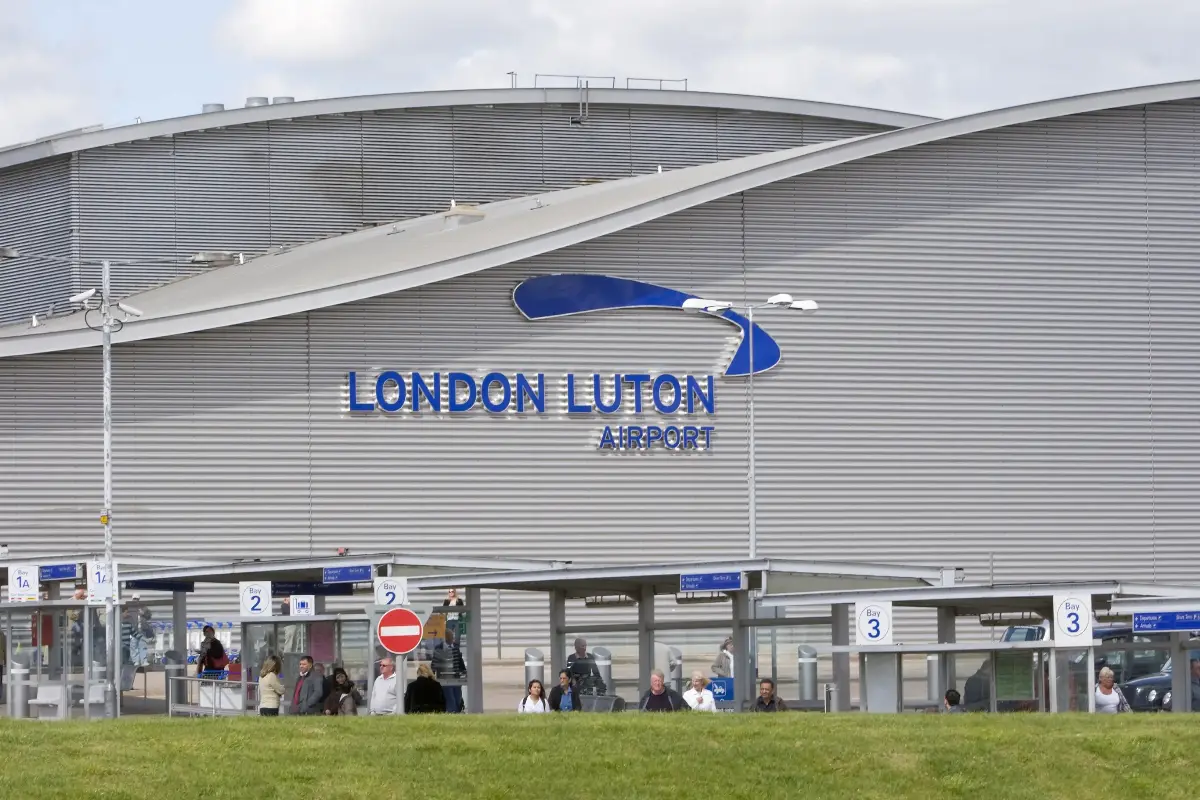
Do you want to access to this and other private contents?
Log in if you are a subscriber or click here to request service
Luton Airport: why the runway melt down
Explanation: airport runway collapse shows airports vulnerable to climate change

Last Monday at London-Luton Airport, there was a temporary disruption in the airport's operations due to a portion of the runway's tarmac melt down due to extreme heat. While waiting for the repair, several airlines diverted flight connections to alternative air terminals before Luton returned to operation in the afternoon. Why this kind of inconvenience? Rising temperatures impose new challenges...
Gic - 1245961
AVIONEWS - World Aeronautical Press Agency
AVIONEWS - World Aeronautical Press Agency